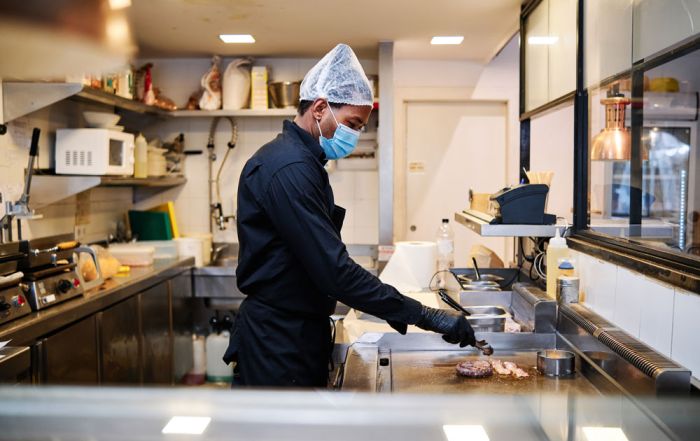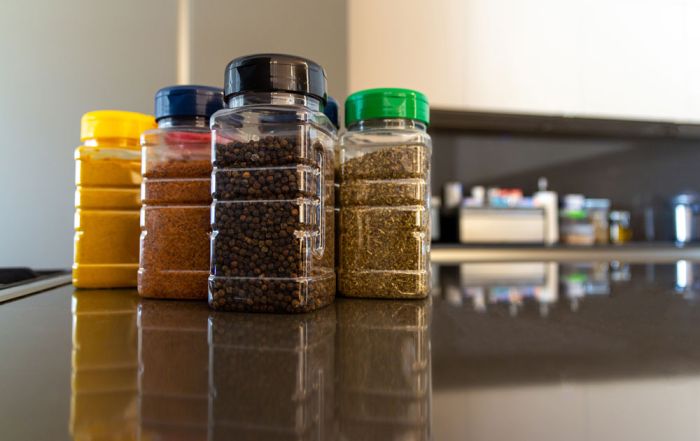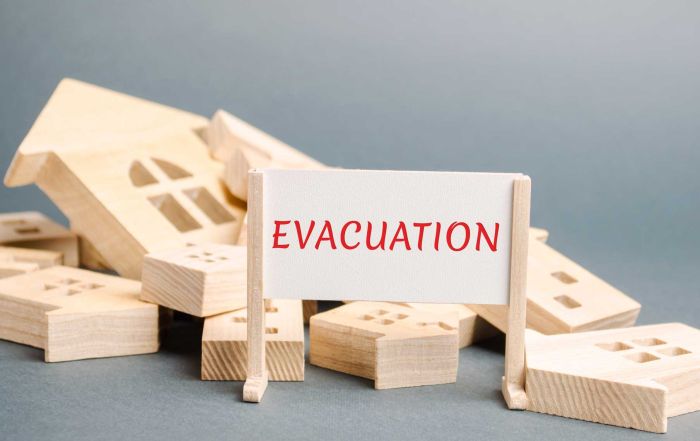Changing Climate: The Unseen Impact on Food Safety
In June, I was asked to participate in the Allinfoodz podcast, put on by a colleague, Dr. Amit Sharma, at Penn State University. One of the points Dr. Sharma wanted to discuss was the impact of climate change on food safety, which is something I was certainly aware of, but not something I had done much research on. However, when preparing for the interview and podcast, it was interesting to learn more about the relationship between the two.
Although the topic of climate change can be a political hot button in an age where everything seems to be to the extremes, regardless of the cause, there is evidence weather patterns across the globe are changing, and this change does have an impact on overall food safety in the complex global food system. One thing we can all agree on is climate change and food safety impact all of us.
It shouldn’t be difficult to understand the impact rising temperatures could have on food safety, and I am guessing anyone who reads these blogs has likely taken a food safety training class and understands the temperature danger zone – the range from 41°F to 135°F where bacteria multiple the fastest. Thus, it stands to reason that the warmer our environment becomes, the greater the chances for a foodborne illness outbreak. A few years ago, the World Health Organization released a report that noted when the ambient temperatures are greater than 41°F, cases of salmonellosis in Europe would increase 5% to 10% for each 1.8°F increase in the average weekly temperature. Several different studies have noted very similar results in various countries and cities around the world.
…the warmer our environment becomes, the greater the chances for a foodborne illness outbreak….cases of salmonellosis increase 5% to 10% for each 1.8°F increase in weekly temperature average.
As temperatures increase, extreme weather events are more likely to occur. Just last month, we had six extreme weather events occur in the US on the same day, June 13. While Yellowstone National Park was dealing with flooding that closed the park, the Midwest and Southern part of the US were hit by a derecho, while other parts of the Midwest and South dealt with a severe heat wave, wildfires raged through Alaska and the Southwest, and the west was still in the midst of a drought.
What does this mean for the foodservice operation? Be vigilant. Changing weather patterns will increase the incidence of foodborne illnesses over time. Bacteria, viruses, and parasites will mutate and change, new concerns will emerge. Stay up to date with these issues to have the best chance at protecting your business and your customers.
I do hope you all had a happy and safe 4th of July. If you haven’t kept up to date on the SafeBites on-demand webinars, be sure to watch out most recent recording and submit your request for the certificate, if you need it. Be sure to reach out if you have any questions about food safety, we are happy to help. Risk Nothing
READ MORE POSTS
Don’t Underestimate the Importance of Employee Health as we head into the Winter Months
Early this month, I ran across an article discussing an outbreak investigation in the Australian Capital Territory. The outbreak caused more than 200 people to fall ill and was one of the most widespread outbreak investigations in the history of the territory. The cause was traced back to Norovirus, a virus I am sure you have heard us opine about in this blog before.
Exclusion and Restrictions: Understanding Employee Health and the Food Code
I received a call earlier in the month from a foodservice operator who suspected that one of their employees may have fallen ill and wondered if they had to send the employee home for the day. Once I started to ask a few more questions, it became obvious that the operator wasn’t really in-tune with the food code requirements on restrictions or exclusions for employees who may not be feeling well. Given that most operations are dealing with staff shortages currently and the fact that we are about to head into the fall and winter – when we tend to see an increase in upper respiratory and other illnesses, such as the flu - it seemed like a very timely and important topic for the blog this month.
Cross Contamination and the Surfaces that go Unnoticed
In October, I ran across a new research study published in the Journal of Food Protection in early-September. The article explored cross contamination in consumer kitchens during meal preparation. One of the authors was a previous SafeBites presenter, Dr. Ellen Shumaker, at North Carolina State University. Although the setting was consumer kitchens and not the commercial kitchen many of you deal with daily, the findings were very applicable to what we often see in the foodservice setting.
Emergency Preparedness: The Not-so Calm After the Storm
If you and your foodservice operation have been hit by an emergency or other disaster, what comes next and how do you move forward? Much of the answer to this is predicated on the actual disaster that you are dealing with – a flood is certainly a much different than a fire, but some of the food safety considerations remain the same if your business has been left intact and has not been damaged by the disaster.










